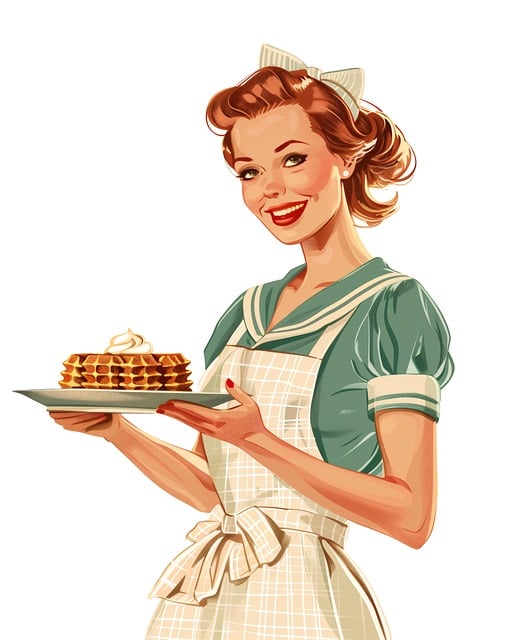Grand National Winners of the 1940s
 With the start of the Second World War on the 1st Septemeber 1939, and the invasion of Germany on Poland, there was much uncertainty. The 1940s would be a decade of great change as seen with the partial loss of the Aintree Grand National.
With the start of the Second World War on the 1st Septemeber 1939, and the invasion of Germany on Poland, there was much uncertainty. The 1940s would be a decade of great change as seen with the partial loss of the Aintree Grand National.
With unrest in Europe, the 1940 Aintree Grand National took place at Aintree near Liverpool on the 5th April. Bogskar would start the decade in fine style winning for owner-trainer Lord Stalbridge at the odds of 25/1. The seven-year-old gelding won by four-lengths, ridden by Mervyn Jones.
The United Kingdom with their allie France, would begin fighting against Germany just two days after the invasion of Poland (3rd September, 1939).
From 1941 – 1945 the Aintree Grand National held no races (unlike the WWI) as the War Office took over the racecourse as a site for the Army.
In 1946, the 100th Aintree Grand National would make its return.
Let’s take a moment to review the 1940s Aintree Grand National:
1940 – Bogskar 25/1, Trained by Lord Stalbridge
1941 – No races held due to World War II
1942 – No raced held due to World War II
1943 – No races held due to World War II
1944 – No races held due to World War II
1945 – No races held due to World War II
1946 – Lovely Cottage 25/1, Trained by Tommy Rayson
1947 – Caughoo 100/1, Trained by Herbert McDowell
1948 – Sheila’s Cottage 50/1, Trained by Neville Crump
1949 – Russian Hero 66/1, Trained by George Owen
WWII ended with Japan surrendering to allied forces on the 2nd September 1945.
The 100th Aintree Grand National took place 5th April 1946.
If there is one thing we can say about the 1940s Grand National, it was a period of great uncertainty and a time where many outsiders would win the most famous steeplechase of them all. Perhaps it was a chance for those who backed such big-priced winners to rejoice in a moment of hope and thankfullness.
Some 2,407 days after Bogskar won the previous National we would see a new victor.
In 1946, Lovely Cottage won the Aintree Grand National at 25/1. Bobby Petre punched the air. He won by four lengths for trainer Tommy Rayson. Jack Finlay finshied second (100/1), while Prince Regent finished third (3/1f). Only six of the thirty-four starters completed the course. Sadly, Symbole suffered a fatal injury at Becher’s Brook.
Any backers who found the winners of the Aintree Grand National from 1947 – 1949 had a smile on their face because they returned at substantial odds.
1947 Aintree Grand National –
Caughoo won at odds of 100/1. One of only five horses to win at such odds in the history of the race. Rider Eddie Dempsey won the race on heavy ground by 20-lengths. Amazingly, 57 runners took part. Owner John J. McDowell paid just £50 for Caughoo. Fellow Irish raider Lough Conn finished second, while French runner Kami came third.
1948 Aintree Grand National –
1st Sheila’s Cottage 50/1
2nd First Of The Dandies 25/1
3rd Cromwell 33/1
4th Happy Home 33/1
Interesting to note that Sheila’s Cottage was the first mare to win the National for 46 years (Shannon Lass, 1902), one of only 12 in the history of the race.
1949 Aintree Grand National –
1st Russian Hero 66/1
2nd Roimond 22/1
3rd Royal Mount 18/1
4th Cromwell 6/1
Winning owner, Fearnie Williamson, got a first prize of £13,000.
The 1940s proved to be a conflicting time for all and a period of great uncertainty. However, the long six-year and one day wait for victory on the battlefields and return of the Aintree Grand National would bring joy.
Even in times of difficulty there are brighter days to come.
Lest we forget.
 After the finish of the Second World War, the country was recovering and although times were hard and rations didn’t officially end until 1954 the future was one of optimism. With no Aintree Grand National from 1941 – 1945, race fans were triuphant to see Lovely Cottage win the following year for trainer Tommy Rayson, ridden by Captain Bobby Petre in the ownership of John Morant. The nine-year-old won at odds of 25/1 by four lengths.
After the finish of the Second World War, the country was recovering and although times were hard and rations didn’t officially end until 1954 the future was one of optimism. With no Aintree Grand National from 1941 – 1945, race fans were triuphant to see Lovely Cottage win the following year for trainer Tommy Rayson, ridden by Captain Bobby Petre in the ownership of John Morant. The nine-year-old won at odds of 25/1 by four lengths. The Grand National is steeped in history.
The Grand National is steeped in history.